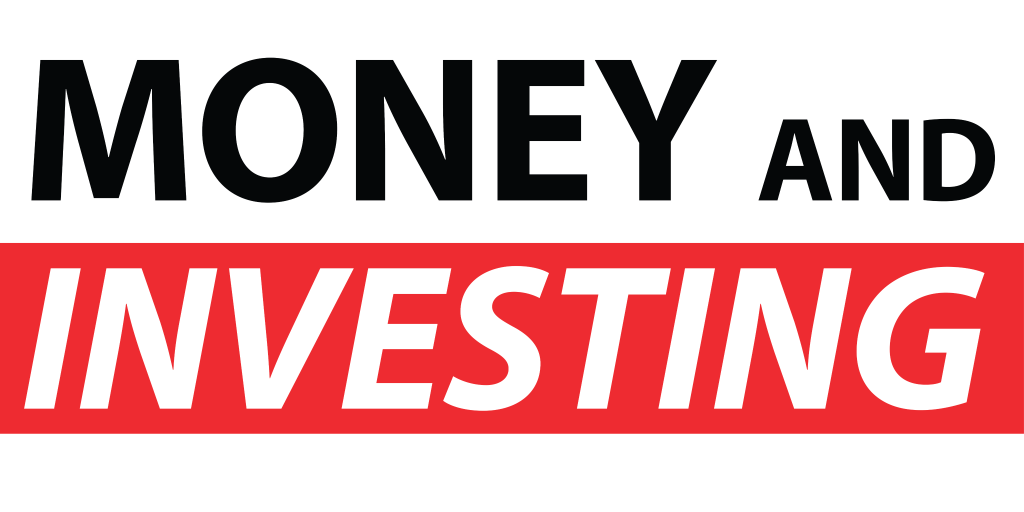The state of Australia’s economy is concerning for investors and the general public. Certain factors, such as shifting governance, slowing trade globally, along with increasing domestic issues in productivity and wage growth, make the economy feel like it is going through turmoil. A lot of folks are asking the same question — Is Australia heading towards a soft landing or is a recession on the horizon?
Government Policy and Economic Direction
The response to the recent federal election resulted in a majority government. This meant that the latest leadership gained enough power to fully deploy their new policies. While gaining a majority is often seen as beneficial, it does provide its own risks. However, there is always a positive side, and in this case, the new leadership does seem to provide some stability. Key choices — especially regarding tax and energy— will still remain central to shaping the economy.
Labour based governments, as is the Australian Labour government, traditionally focus on acts that redistribute wealth, such as subsidizing services like student debts. While this provides support, there is also the looming risk of disincentivising higher earning individuals due to increased taxation. The challenge lies i balancing growth stimulating policies without deterring investment from the private sector.
Geopolitical Issues along With Trade Relations
Australia geographically rests between the US and China, which creates a distinct difficulty. China is still a dominant trading partner, while the US is an important security ally and cultural partner. With recent trade wars and tariffs, balancing these relationships becomes all the more important. Australia continues to export significant amounts of coal and iron ore, but shifting global demand along with political considerations influence these sectors.
Productivity and Wage Growth
As of now, Australia’s unemployment rate is around 4.1 percent, which is deemed full employment by a majority of economists. While this figure is impressive, productivity growth lags behind. Wages are on the rise too and sitting at 3.4 percent, which outpaces inflation. Inflation currently sits at 2.4 percent, but in the absence of real growth, higher wages risks stoking inflation without real economic advancement. These public sector jobs have led to wage growth, but as compared to private sector jobs, these positions are often more unproductive.
There is a real risk that sluggish productivity in other sectors could weigh heavily on overall economic growth. Driving productivity gains in the public sector will be just as imperative, if not more to ensure economic sustainability.
GDP Growth and Elevator Investment
Australia’s projected GDP for 2024 stands at 1.3%, with an anticipated increase to 2% in 2025. In relation to inflation, this growth is considered weak and problematic in regard to the overall economic stability of the country. China’s growth rate still remains above 5%, which underscores Australia’s weakness in this regard.
As always, resolving the continuing shortage in available houses is essential. There are opportunities for consumer spending and new jobs to help stimulate the economy if housing construction increases. The construction industry, however, is hindered by high energy costs and labor expenses, making it difficult to expand this sector in a meaningful way.
Interest Rates and Industry Levels
With compounded cuts, there is expectation of further reduction leading to lowered interest rates. Spending and borrowing often rise with reduced rates, thus supporting economic activity. However, with the concentration of industries like retail and energy services in Australia, there is a dangerous risk for inflation. Prudent management by the Reserve Bank of Australia will be key to preventing inflationary pressures to build up again.
Consumer confidence and retail data.
The worries of the global market and domestic elections led to a drop in consumer confidence during April. While optimism is on the rise once again, retail spending and sales have not returned to pre-crisis levels. Keeping spending high is vital to prevent a recession. While spending and refund policies from the government can help in the short term, a productive economy is required for long term growth.
The Path Forward
Australian economic outlook key indicators, such as wage growth, trade relations, government policy, and productivity, highlight an area of concern for Australia. While a soft landing is achievable, these consumers still face challenges.
- Public and private sector productivity gains
- Lower cost, industry friendly, and rational energy policies.
- Encouragement of spending through rate cuts, while avoiding inflation.
- Devoted and consistent investment fostering policies that build confidence in Australia.
While these consumers still face risks, a greater number of people believe there is a greater chance of a soft landing than lower growth. With purposeful policy choices and strong government action, Australia will be able to overcome these challenges
Australian Economic Outlook
The economy is a combination of complex and interrelated factors. Different elements such as productivity, wages, trade and even government decisions, all contribute to shaping the big picture. Australia’s economic outlook requires these factors to be balanced in order to effectively foster growth and ensure stability and prosperity for all.



